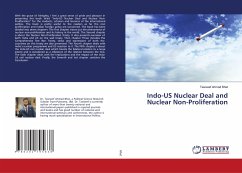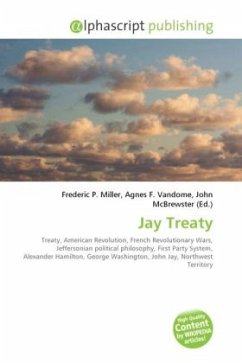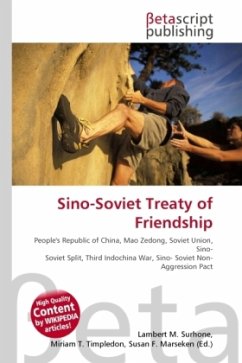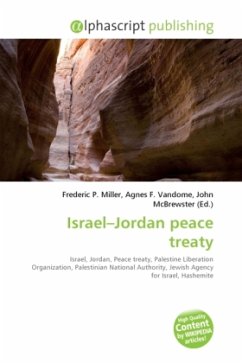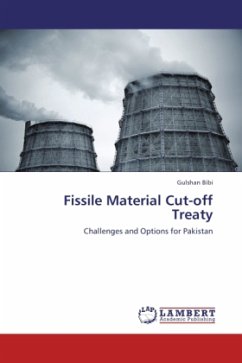
Fissile Material Cut-off Treaty
Challenges and Options for Pakistan
Versandkostenfrei!
Versandfertig in 6-10 Tagen
39,99 €
inkl. MwSt.

PAYBACK Punkte
20 °P sammeln!
Since the emergence of nuclear weapons (NWs) on the global scene, many scholars and experts have attempted to seek answer to the question of what motivates a state to build NWs. Although the number of states with NWs today is not as high as it was initially estimated yet it seems that there is a constant struggle going on between nuclear weapons states (NWSs) and non-nuclear weapon states (NNWSs). NWSs are strongly following the notion of stopping the spread of NWSs to other states and are making efforts to convince NNWSs to get rid of their attempts to obtain the nuclear technology. The negot...
Since the emergence of nuclear weapons (NWs) on the global scene, many scholars and experts have attempted to seek answer to the question of what motivates a state to build NWs. Although the number of states with NWs today is not as high as it was initially estimated yet it seems that there is a constant struggle going on between nuclear weapons states (NWSs) and non-nuclear weapon states (NNWSs). NWSs are strongly following the notion of stopping the spread of NWSs to other states and are making efforts to convince NNWSs to get rid of their attempts to obtain the nuclear technology. The negotiation on Fissile Material Cut off Treaty (FMCT) is such an effort. However, a number of NNWSs have adopted the path of nuclearization despite all obstacles. Pakistan, as a de-facto NWS, has particular issues with FMCT which are explored in detail throughout this book. These concerns briefly relate Pakistan s classical standing regarding India as the arch rival in the South Asia region that compels Pakistan to get engaged in arms race. So, book provides an analysis of challenges and options available to Pakistan.



